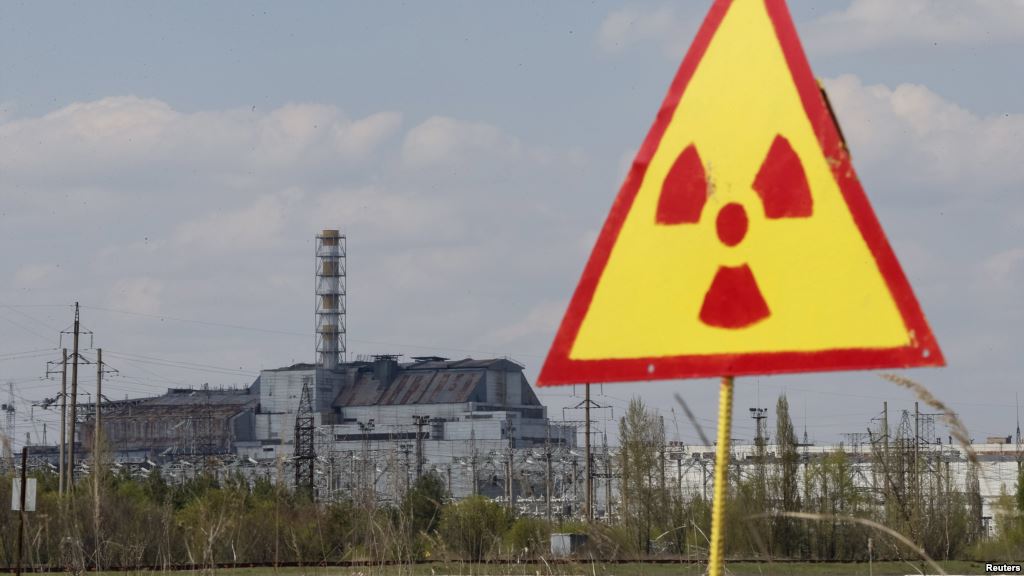-
Tips for becoming a good boxer - November 6, 2020
-
7 expert tips for making your hens night a memorable one - November 6, 2020
-
5 reasons to host your Christmas party on a cruise boat - November 6, 2020
-
What to do when you’re charged with a crime - November 6, 2020
-
Should you get one or multiple dogs? Here’s all you need to know - November 3, 2020
-
A Guide: How to Build Your Very Own Magic Mirror - February 14, 2019
-
Our Top Inspirational Baseball Stars - November 24, 2018
-
Five Tech Tools That Will Help You Turn Your Blog into a Business - November 24, 2018
-
How to Indulge on Vacation without Expanding Your Waist - November 9, 2018
-
5 Strategies for Businesses to Appeal to Today’s Increasingly Mobile-Crazed Customers - November 9, 2018
How Chernobyl was good for wildlife
The Chernobyl disaster was the worst nuclear power plant accident in history in terms of cost and casualties.
Advertisement
Large mammal populations are growing in the Chernobyl power plant area, a new study found.
They also found that the elk and wild boar populations in the exclusion zone were rising during a period in the early 1990s when those species’ populations were dropping in other former Soviet Union countries – a decline likely brought on by socioeconomic changes leading to rural poverty and poorer wildlife management.
This study could also provide a few useful insight into understanding how wildlife is affected by other similar meltdowns, such as the disaster at the Fukushima Daiichi nuclear power plant in 2011 in Japan. An global team of researchers monitored animal activity in the Polessye State Radioecological Reserve – the Belarus portion of the Chernobyl radiation zone – which covers roughly half of the entire exclusion area.
“These results demonstrate for the first time that, regardless of potential radiation effects on individual animals, the Chernobyl Exclusion Zone supports an abundant mammal community after almost three decades of chronic radiation exposure”, write the researchers.
It said that high radiation immediately after the accident hit animal health and reproduction, but they recovered quickly and there was no long-term effect on numbers. Since then the area has evolved into a thriving nature reserve from a disaster area, teeming with deer, elk and wolves, said a group of scientists Monday afternoon.
One particular note of interest is the fact that there are up to seven times as many wolves in Chernobyl as there are in neighboring reserves. Smith tells Quartz that the findings are a “remarkable illustration of the damage we do just by inhabiting an area, by farming, foresting, fishing, and hunting” he adds that human habitation “damages the ecosystem more than a nuclear accident”.
“This doesn’t mean radiation is good for wildlife”, clarified Jim Smith at the University of Portsmouth.
“These unique data showing a wide range of animals thriving within miles of a major nuclear accident illustrate the resilience of wildlife populations when freed from the pressures of human habitation”, said Jim Beasley, a co-author and biologist at the University of Georgia.
Advertisement
Wildlife in Chernobyl has flourished since the city became a disaster zone, proving that humans are not the most resilient species to inhabit the earth. What is clear is that, lacking human intervention, large animals are able to thrive nearly anywhere.




























